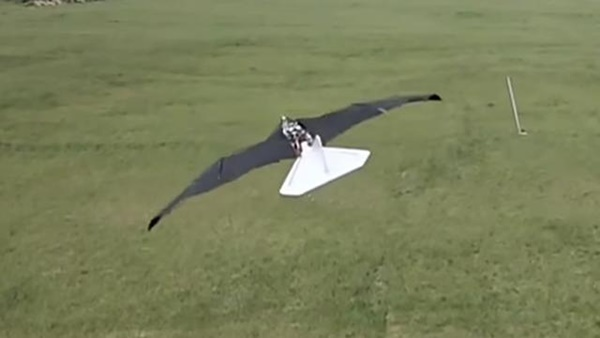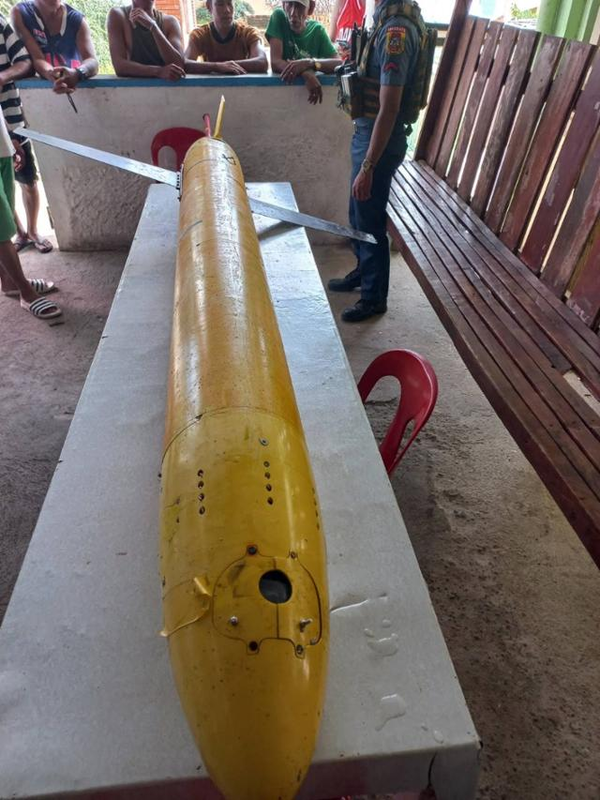China Unveils Bird-Like Stealth Drone: 'Evades Radar and Operates Covertly'
Input
Changed
"Small but Powerful 'Magpie Drone' Conducts Reconnaissance Missions in Flocks" "'Seagull,' 'Hawk,' and 'Eagle' Drones Equipped with Precision Strike Capabilities" "Chinese Government Unveils New Underwater Drone, Escalating Unmanned Submarine Competition"

In a bold demonstration of its rapidly advancing unmanned military technology, China unveiled a new generation of bird-mimicking stealth drones, known as ornithopters, at the 10th China Military Intelligent Technology Expo (CMITE 2025) in Beijing. Designed to look and behave like real birds, these drones are capable of bypassing radar detection systems and carrying out covert operations in both urban and battlefield environments. The event drew intense interest from global military experts and defense analysts, marking what many consider a significant shift in future warfare strategy—not just in the skies, but beneath the oceans as well.
A Swarm of Imitation: Nature-Inspired Drones Built for War
The ornithopters displayed by China spanned an impressive range of sizes and functionalities, underscoring their versatile application across reconnaissance, infiltration, and direct combat missions. What distinguishes these drones from conventional unmanned aerial vehicles (UAVs) is their mechanical mimicry of real bird wing-flapping, enhancing their stealth and allowing them to blend into civilian airspace or natural environments undetected.
At the smallest end of the spectrum is the “Magpie Drone,” a featherweight UAV that weighs just 90 grams—light enough to be thrown by hand. Outfitted with a miniature high-resolution camera, it is optimized for real-time urban surveillance and forward-position reconnaissance. Chinese defense officials noted that these drones can be deployed in flocks, overwhelming enemy monitoring systems and maintaining a persistent aerial presence. Their collective flight patterns are not only harder to detect but also more difficult to interpret, which makes them ideal for disrupting enemy radar and ensuring continuous situational awareness.
Larger variants take the form of seagulls and eagles, capable of carrying heavier payloads and sustaining longer flight durations. The Eagle Drone, weighing around 3.6 kilograms with a 2-meter wingspan, can operate within a 6–8 kilometer range and remain airborne for up to 40 minutes. These mid-sized drones are not mere observers—they can be armed with precision-guided micro-weapons, turning them into light strike platforms capable of conducting surprise attacks in high-risk zones.
Another standout was the vertically launching “Hummingbird” coaxial drone, which astonished observers with its compact firepower. This drone has a standard weight of 10 kilograms and supports payloads up to 3 kilograms, including 60mm and 82mm mortar shells. Its modular design allows for rapid deployment and portability, making it well-suited for swarm tactics. These drones could equip small units with potent firepower even without the support of conventional air forces, changing how tactical operations are conducted in remote or contested areas.
Designed for Deception: Engineering for Efficiency and Stealth
All of these ornithopter drones share critical engineering advantages. Constructed from lightweight and resilient rubber materials, they are reusable, easy to maintain, and cost-effective. Most remarkably, each model can be custom-designed to mimic local bird species, ensuring perfect environmental camouflage. This makes them highly effective for covert surveillance, psychological operations, and intelligence gathering in areas where conventional drones would be easily spotted or destroyed.
The foundation for this breakthrough was laid at Northwestern Polytechnical University in Xi’an, where researchers have been developing ornithopter technology for years. In October 2023, the university’s team achieved a record-breaking flight with their “Xinge” drone (信鸽, meaning “Carrier Pigeon”), which remained aloft for 3 hours, 5 minutes, and 30 seconds on a single battery charge. The previous record had been held by another model from the same lab—the “Yunxiao” drone (云鸮, or “Owl”)—which managed a flight time of 2 hours, 34 minutes, and 38 seconds.
What’s astonishing is the scale and efficiency of the newer model. The Xinge drone has a 70 cm wingspan and weighs only 260 grams, making it over 50% smaller in wingspan and a quarter the weight of the Yunxiao. Despite this reduction, its flight capability significantly increased, thanks to an innovative “cone crank” mechanism that allows its wings to expand and retract just like a real bird’s. According to CCTV, this allows the Xinge to mimic avian movement with such fidelity that it achieves unmatched aerodynamic efficiency, placing it far ahead of other drones in its class.

Taking the Fight Underwater: China's 11.5-Meter Submersible Drone
China’s strategic ambitions are not limited to the skies. According to Naval News, the country has also made remarkable progress in underwater drone technology, recently developing a new extra-large unmanned underwater vehicle (XLUUV). Spotted for the first time while being transported through a Chinese city, the drone appears to belong to a class of submarines capable of carrying lethal payloads, including torpedoes, naval mines, and missile systems.
This unmanned submersible is approximately 11.5 meters long and 1.6 meters wide, placing it in the same category as the UK’s CETUS program and Canada’s Solus XR, both under development for next-generation naval operations. Sources indicate that it is part of China’s UUV-300 series, with different versions manufactured for both export markets and the People’s Liberation Army (PLA).
One specific variant, the UUV300CB developed by Poly Technologies, can dive to depths of 300 meters and travel up to 450 nautical miles (around 833 km) at a cruising speed of 5 knots. It can reach a top speed of 12 knots (approx. 22 km/h) and is equipped with a suite of advanced communication systems, including satellite uplinks, UHF, and acoustic transmitters. Designed with low-noise capabilities, it excels in stealth maritime operations, making it a formidable tool for long-range underwater missions.
The launch of this new model has been widely interpreted as a clear signal of China’s commitment to enhancing its undersea warfare capabilities. As Naval News emphasized, China is now accelerating its development of armed, autonomous, extra-large submarines, a move that could dramatically alter the balance of naval power in Asia and beyond. Analysts note that with their ability to evade detection and strike targets from a distance, unmanned underwater drones are fast becoming a cornerstone of 21st-century naval strategy.





















